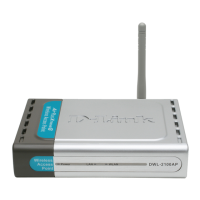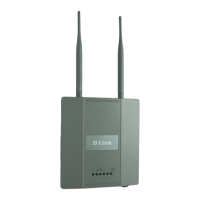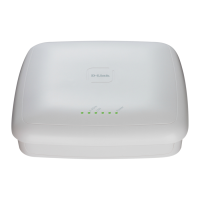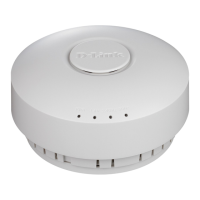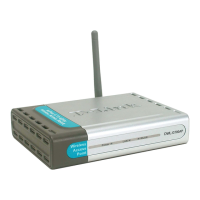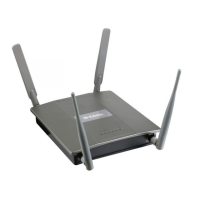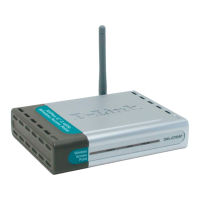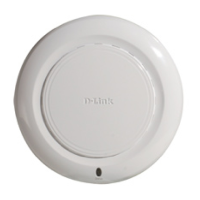Configuring Access Control Lists
D-Link Unified Wired and Wireless Access System
Oct. 2015 Page 356
D-Link UWS User Manual
Section 7: Configuring Access Control Lists
Access Control Lists (ACLs) ensure that only authorized users have access to specific resources while blocking
off any unwarranted attempts to reach network resources. ACLs are used to provide traffic flow control,
restrict contents of routing updates, decide which types of traffic are forwarded or blocked, and above all
provide security for the network. D-Link DWS-4000 Series software supports IPv4 and MAC ACLs. The total
number of MAC and IP ACLs supported by D-Link DWS-4000 Series software is 100.
The Access Control Lists folder contains links to the following folders and web pages:
• “Configuring IP Access Control Lists”
• “MAC Access Control Lists”
• “ACL Interface Configuration”
You first create an IPv4-based or MAC-based rule and assign a unique ACL ID. Then, you define the rules, which
can identify protocols, source and destination IP and MAC addresses, and other packet-matching criteria.
Finally, you use the ID number to assign the ACL to a port.
Configuring IP Access Control Lists
IP access control lists (ACL) allow network managers to define classification actions and rules for specific ports.
ACLs are composed of access control entries (ACE), or rules, that consist of the filters that determine traffic
classifications. The total number of rules that can be defined for each ACL is 12. These rules are matched
sequentially against a packet. When a packet meets the match criteria of a rule, the specified rule action
(Permit/Deny) is taken, including dropping the packet or disabling the port, and the additional rules are not
checked for a match. For example, a network administrator defines an ACL rule that says port number 20 can
receive TCP packets. However, if a UDP packet is received the packet is dropped.
To configure an ACL:
1. Use the “IP ACL Configuration” page to define the IP ACL type and assign an ID to it.
2. Use the “IP ACL Rule Configuration” page to create rules for the ACL.
3. Use the “ACL Interface Configuration” page to assign the ACL by its ID number to a port.
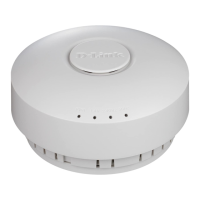
